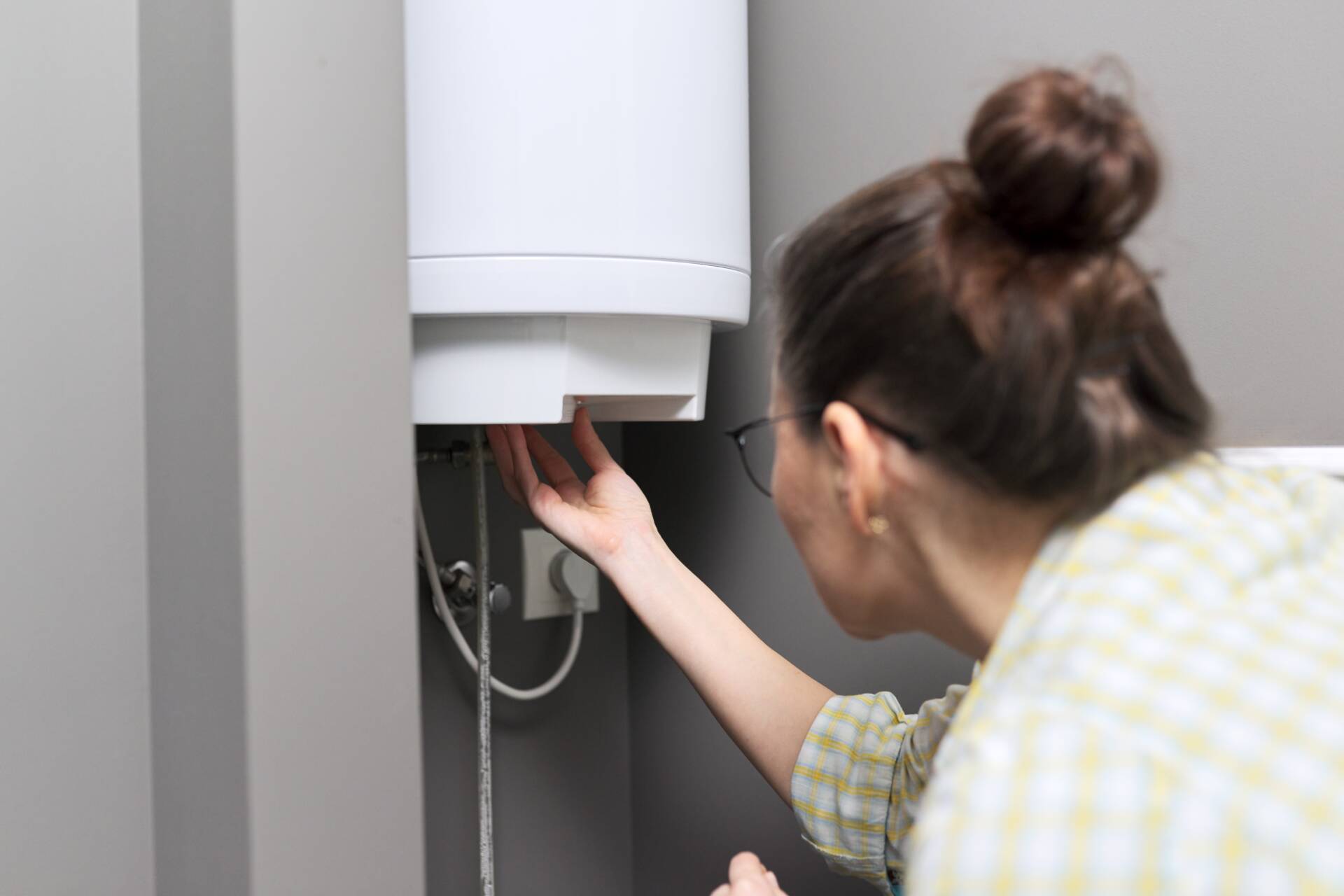Tips on How to Maintain Your Home's Hot Water System in Good Condition
Tips on How to Maintain Your Home's Hot Water System in Good Condition
Blog Article
What are your opinions concerning Tips on Maintaining a Water Heater?

Warm water is important for day-to-day comfort, whether it's for a revitalizing shower or washing recipes. To ensure your hot water system runs effectively and lasts much longer, routine upkeep is essential. This post provides functional pointers and insights on how to preserve your home's hot water system to stay clear of interruptions and expensive repair services.
Intro
Maintaining your home's warm water system may seem overwhelming, but with a couple of basic steps, you can ensure it runs smoothly for several years to come. This overview covers every little thing from understanding your hot water system to DIY upkeep ideas and understanding when to call expert assistance.
Relevance of Preserving Your Warm Water System
Regular upkeep not just prolongs the life-span of your warm water system however additionally ensures it operates successfully. Overlooking upkeep can bring about decreased effectiveness, higher power expenses, and also early failure of the system.
Indications Your Warm Water System Demands Maintenance
Recognizing when your hot water system requires interest can prevent significant concerns. Look out for indications such as inconsistent water temperature level, weird noises from the heating system, or rusty water.
Purging the Water Heater
Purging your hot water heater removes sediment buildup, boosting effectiveness and lengthening its life.
Monitoring and Replacing Anode Rods
Anode rods prevent rust inside the tank. Evaluating and replacing them when broken is important.
Complicated Problems Needing Specialist Assistance
Examples include significant leakages, electric problems, or if your water heater is consistently underperforming.
Routine Specialist Upkeep Perks
Expert maintenance can include detailed assessments, tune-ups, and making sure compliance with safety and security requirements.
Examining and Adjusting Temperature Setups
Changing the temperature setups makes certain ideal performance and safety.
Do It Yourself Tips for Upkeep
You can carry out numerous upkeep tasks on your own to keep your warm water system in leading condition.
Looking for Leaks
Frequently examine pipelines and connections for leaks, as these can result in water damage and greater bills.
Recognizing Your Hot Water System
Before diving right into maintenance tasks, it's useful to recognize the fundamental components of your warm water system. Generally, this consists of the water heater itself, pipelines, anode rods, and temperature level controls.
Regular Monthly Upkeep Tasks
Regular month-to-month checks can assist capture minor concerns before they rise.
Evaluating Stress Relief Valves
Checking the pressure safety valve guarantees it works appropriately and avoids too much pressure accumulation.
Shielding Pipes
Protecting warm water pipes lowers heat loss and can conserve power.
When to Call a Professional
While do it yourself upkeep is useful, some concerns require expert proficiency.
Final thought
Normal maintenance of your home's hot water system is essential for effectiveness, long life, and cost savings. By complying with these pointers and knowing when to seek expert aid, you can ensure a reputable supply of warm water without unexpected disruptions.
How to Maintain an Instant Hot Water Heater
Before tinkering with your hot water heater, make sure that it’s not powered on. You also have to turn off the main circuit breaker and shut off the main gas line to prevent accidents. Also turn off the water valves connected to your unit to prevent water from flowing into and out of the appliance. 2. When you’re done, you have to detach the purge valves’ caps. These look like the letter “T†and are situated on either side of the water valves. Doing so will release any pressure that has accumulated inside the valves while at the same time avoid hot water from shooting out and burning your skin. 3. When the purge valves’ caps are removed, you have to connect your hosing lines to the valves. Your unit should have come with three hoses but if it didn’t, you can purchase these things from any hardware or home repair shops. You can also get them from retail stores that sell water heating systems. Read the user’s manual and follow it to complete this task properly. When the hosing lines are connected, open the purge port’s valves. 4. You should never use harsh chemical cleaners or solutions when cleaning your unit. Make use of white vinegar instead. It should be undiluted and you’ll probably use about 2 gallons. 5. Now flush your water heater. This task should probably take about 40 minutes. We can’t give you specific directions for this because the procedure is carried out depending on the type, model and brand of your heater. With that being said, refer to the user’s manual. 6. When you’re done draining the unit, you have to turn off the purge port valves again. Remove the hosing lines that you earlier installed on each of the water valves. Put the valve caps (purge port) back in their respective places and be very careful so as not to damage the rubber discs that are found inside these caps. 7. Now that everything’s back in place, check your user’s manual again to find out how to reactivate your water heating system. 8. Once it is working, turn one of your hot water faucets on just to let air pass through the heater’s water supply pipes. Leave the tap on until water flows smoothly out of it. https://www.orrplumbing.com/blog/2014/september/how-to-maintain-an-instant-hot-water-heater/

We were made aware of that report about How to Maintain a Hot Water Heater in a Few Simple Steps through someone on our other site. Please pause to share this blog if you appreciated it. We treasure your readership.
Go Company Report this page